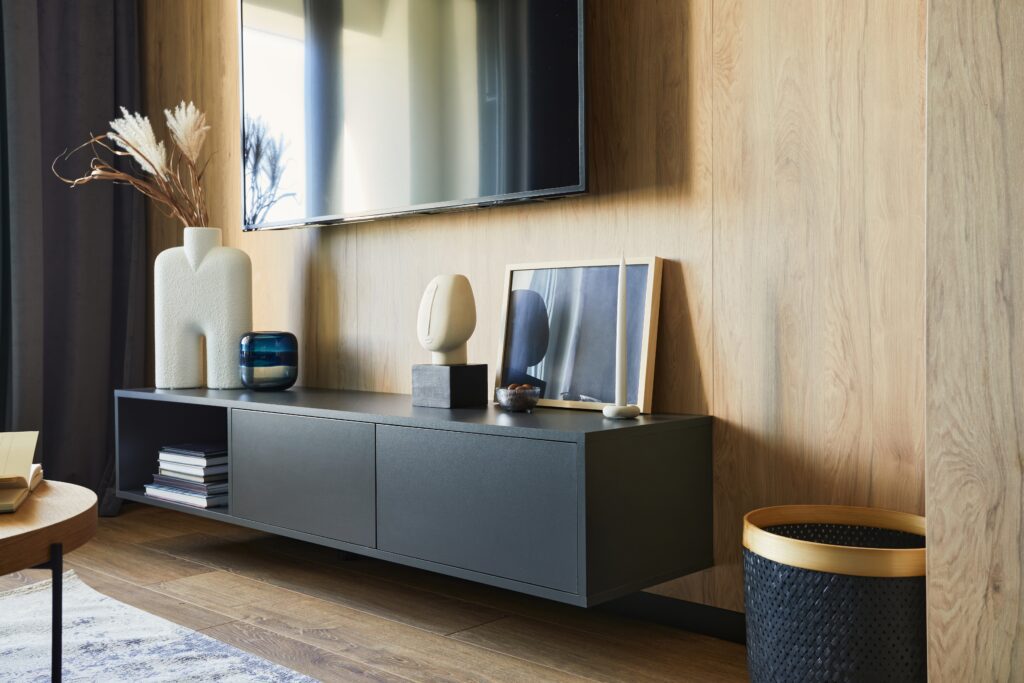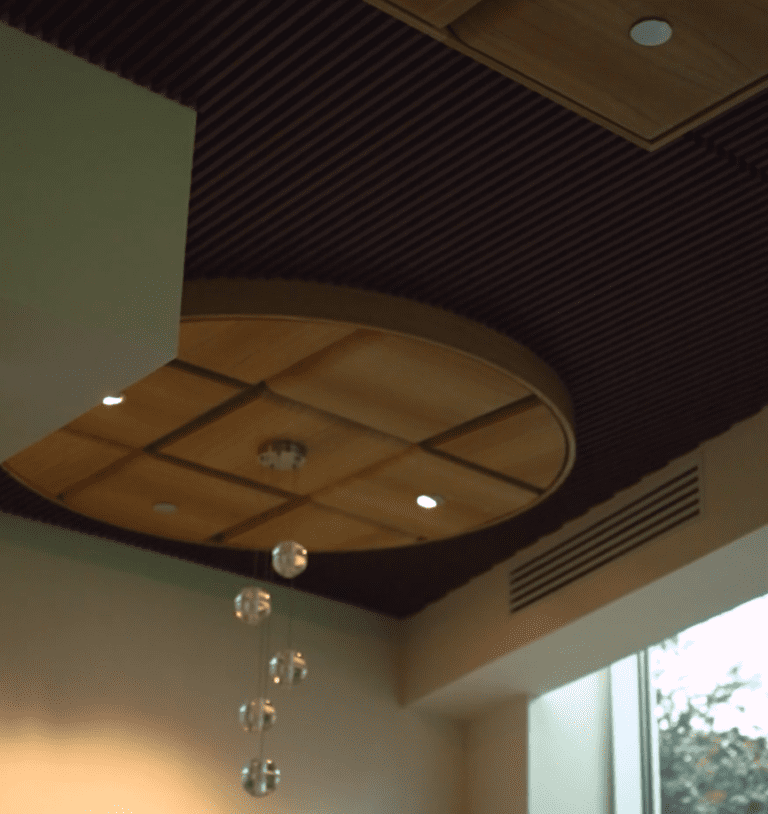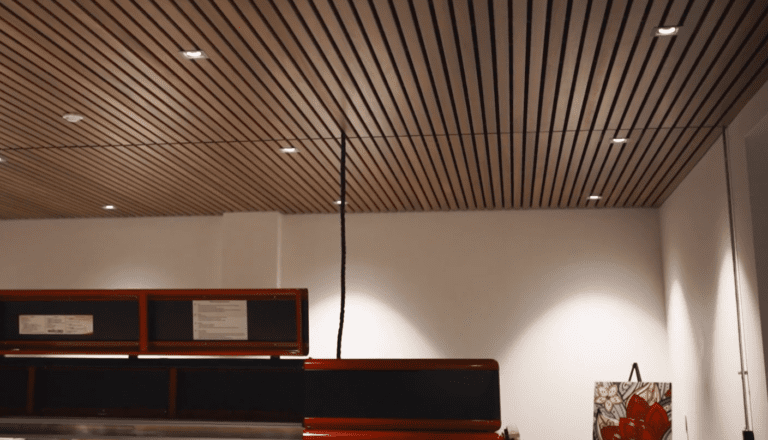In a commercial space, aesthetic design quality is a valuable area for investment. Whether it’s a small office or a grand auditorium, the visitor experience is largely shaped by the way the space looks, feels, and sounds.
Wood paneling for interior walls is a powerful, cost-efficient way to make a commercial space more beautiful and inviting. While many of yesteryear’s wood panels may have been no more than veneer over drywall, modern panel systems are elegant, practical, and built to last.
Let’s explore some of the shapes, styles, and benefits of modern wood wall paneling in commercial settings.
The Return of Wood Paneling in Modern Design
Wood paneling has been used in architecture and design for many centuries, including by various ancient cultures in Asia and Europe. In the US, the use of wood paneling dates back to colonial times, but the style really took off post-WWII. In the 1970s, wood paneling was an especially popular aspect of the midcentury modern design movement, which focused on showcasing wood and other natural materials.
Wood paneling never went away, as it’s always been a recommended option for acoustic benefits. However, panels are once again having a moment, as designers come up with beautiful new applications and customers seek unique spins on retro styles. Wood paneling has become especially desirable in commercial spaces, thanks to its warm feel and superior acoustics.
Benefits of Custom Wood Paneling in Commercial Spaces
The owners of commercial spaces most often choose to install wood paneling for aesthetic and acoustic benefits. Wood is beautiful, warm, and calming, and helps to control the movement of sound waves throughout a space.
Additionally, high-quality wood paneling is a durable, low-maintenance option. Wood panels may last for decades and can be cared for with simple cleaning and repairs. Wood is also an eco-friendly option, because wood is a renewable resource—just be sure to work with suppliers who prioritize sustainability.
Popular Types of Wood for Paneling
For wood paneling, the best types of wood include:
- Oak: A timeless classic, oak stains well to take on hues from white to red
- Walnut: Rich, luxurious, and dark
- Teak: Colored light or dark brown, teak is strong, durable, and weather-resistant
- Cherry: One of the most prized woods, cherry comes in vibrant shades of reddish brown
- Maple: Maple is a strong, classic wood with vibrant yellow or cream coloring
There are also lesser-known, exotic woods like rosewood, with its brilliant dark red sheen, or zebrawood, known for its unusual striped pattern.
Another option is to use reclaimed wood. This eco-friendly “upcycled” material has been previously used, recovered, and prepped for a second life.
Modern Wood Paneling Design Ideas
Today’s wood panels are highly customizable. Here are a few panel design styles that showcase the natural beauty of wood.
Vertical Slats
Vertical slats are narrow panels that run in a tight formation from the floor to the ceiling. This style adds significant texture and visual activity in a small space or in a room with low ceilings.
Horizontal Planks
Horizontal orientation creates a flowing, balanced aesthetic. This style is well-suited for corridors and long walls.
Curved or Wavy Panels
Panels with curves or waves present an organic, fluid feel. These styles stand out and distinctly elevate a space’s sophistication and elegance. Curved panels are popular in restaurants as well as the lobbies of hotels and hospitals.
Geometric Patterns
One way to elevate the sophistication of a wood panel design is with geometric patterns like mosaic designs, herringbone patterns, or other intricate layouts. Geometric complexity may involve the arrangement of panels or the patterns within individual panels.
Mixed Materials
Another way to add artistry and sophistication to a panel design is through the use of mixed materials. This involves incorporating materials like metals, stone, or glass into a wood panel system. The use of wood in combination with other natural materials creates the sensation of immersion in nature.
Tips for Choosing the Right Wood Paneling Design
Selecting a wood panel design involves finding (or creating) the panel system that perfectly matches the space’s overall design theme. The dynamic characteristics of wood make it possible to customize the shape, color, and arrangement of your panels to create a harmonious design.
It’s also important to consider the characteristics of different woods. Different woods have various advantages and drawbacks regarding price, durability, maintenance, and acoustic qualities.
Get the Most Stylish, Sustainable Wood Panel Systems for Your Space
Are you planning a wood panel project for your interior space? Rulon International can help bring your boldest ideas to life. Schedule a discovery call with our team today to discuss your project.




